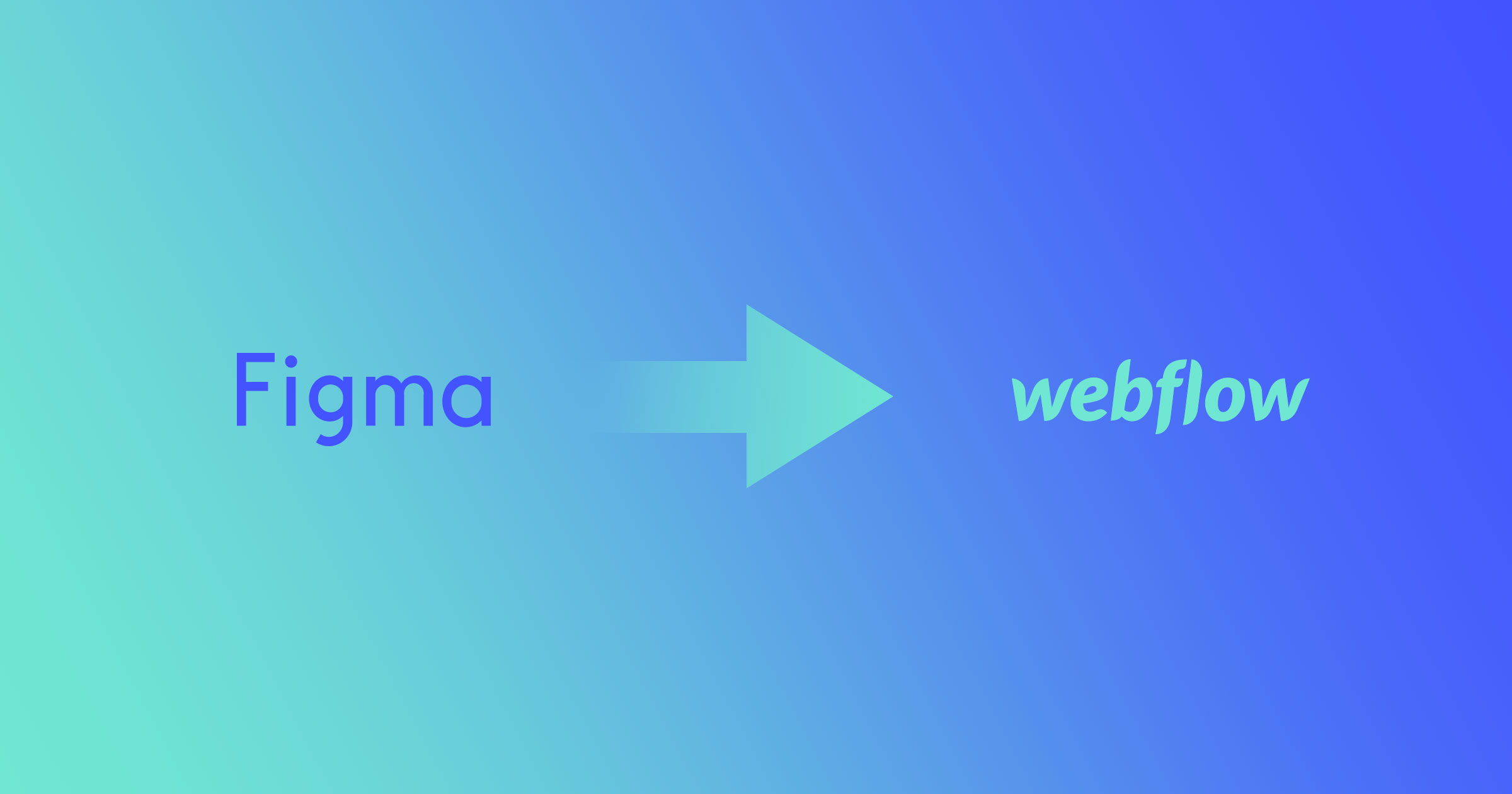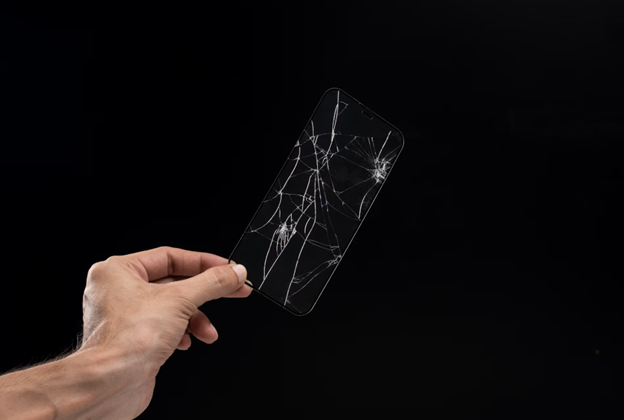The Figma design into a live website using Webflow feels daunting, especially when you’re lacking inspiration. Where do you even start? How do you bring your visual design to life in a functional, user-friendly way? The good news is that inspiration for Figma to Webflow projects is all around you – you just have to know where to look.
Look at examples of great webflow websites
The best way to get inspired is by looking at examples of other beautifully designed figma to webflow sites. Pay attention to the ones that also have a Figma file available, so you see how the design translates. Look at the little details like hover states, transitions, micro-interactions, and parallax effects. Don’t outright copy anything, but make note of design elements you find particularly creative. Seeing what’s possible is an excellent spark for your imagination. Some websites with great Webflow design worth exploring include:
- Musicbed – very innovative use of animations and transitions
- Y7 Studio – bold gradients and colorful geometric shapes
- Mudita – unique parallax effects
- The Airbnb Cereal – fun hover interactions; playful vibe
- Swedbank – cool SVG animations
Bookmark sites with aspects you find inspiring so you reference them later when working in Webflow.
Color psychology and theory
Think strategically about color choices, using psychology and color theory to inform your palette. Colors evoke different emotions and responses, so choose hues that align with the brand personality you want to convey. For example, blues and greens promote feelings of trust, security, and peace – perfect for finance or medical sites. Reds and oranges grab attention and speak to energy, excitement, youth, and impulsivity – great for athletic brands or extreme sports sites. Use tools like Coolors to build a complementary color scheme. Adobe Color CC not only generates palettes but also explains the meaning behind colors.
Look to your favorite brands
Think about the big brands you engage with and admire. What specifically do you like about their websites and visual identities? For example, if you love Nike, take note of their bold, high-contrast color blocking and dynamic sports imagery. It is drawn to Anthropologie, pay attention to their whimsical photography style and handwritten typography. Figure out the key aesthetic qualities that make a brand’s design stand out, and brainstorm how you could incorporate similar elements into your website in an original way.
Art and culture for inspiration
Some of the best inspiration comes completely outside the digital realm. Find inspiration in art, architecture, home decor, fashion, and photography. Visiting a modern art museum inspires interesting color combinations, textures, layouts, and more. Look through home decor magazines and think about how pillow arrangements translate to positioning site elements. Fashion runways and editorial shoots offer inspiration for mixing patterns and colors. Photography books provide beautiful image options.
Go beyond the web for features and functionality
Think outside traditional web design for features that could make your site stand out. Look at apps for creative approaches to menus, filters, navigation, and interactions. Play around with web-based games and productivity tools for micro-interaction ideas, like confetti explosions on completing tasks or animations on clicking buttons.








